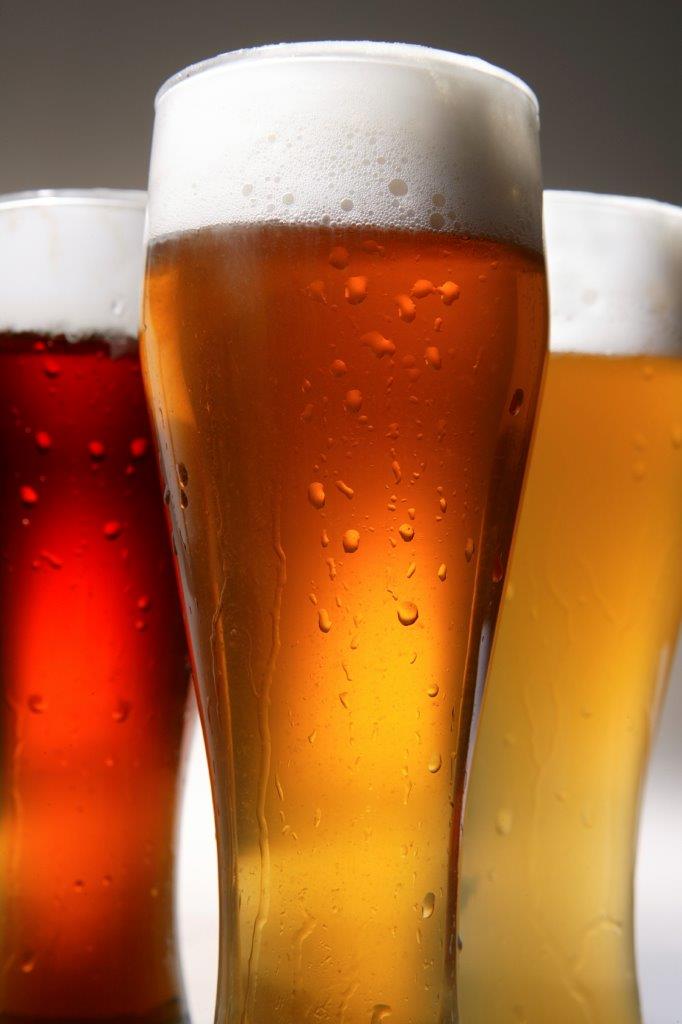

Jack Kenny, Beer Columnist
By Jack Kenny
We know the types of grains used by the Babylonians – in today’s Iraq – to make beer 6,300 years ago. We know that the Egyptian pharaohs drank beer made from baked bread 7,000 years ago, and that the Chinese were drinking a similar brew called kui around the same time. We know what yeast is, something that nobody in the world understood a mere 200 years ago.
How do we know these things? How do we know that women, including priestesses, were making beer as far back as 2500 B.C.?
Science. Technology. Curiosity. Education. And hard work. Those are the answers. Scientists of all kinds have learned more over the past century about the story of humankind through a dogged pursuit of evidence. Sometimes the evidence leads to facts; at other times to theories of varying strength. Thus emerges the record of our past.
You and I are curious about the history of beer. There are a few unresolved arguments in that history, such as the beer/bread controversy and the beer/wine controversy. Which came first? Good arguments are made on all sides, and we weren’t around 10 or 20 millennia ago, so we’ll never know how it all began. The book of Genesis says that Noah planted a vineyard and got drunk from the fruits thereof, but beer experts argue that it had to be beer. Such debates keep the scholars busy.
The main ingredient in the discoveries that lead to our knowledge of beer history is clay. Ancient peoples in the Middle East kept records by inscribing them in clay tablets. At Ebla in Syria in 1974, archaeologists unearthed a trove of tablets from 2500 B.C., some of which included records of beer production, including ingredients and the names of brews.
But that far back few people wrote anything down. Clay, however, played a more delicate role in teaching us about what the beverage menu contained in times long past. Folks drank beer and wine from clay mugs uncovered at sites throughout the Mideast, including Babylon and Israel. They stored the liquids in large clay containers, which the Greeks called amphorae.
We know this because the beer left traces of itself on the surface of the clay. And we know that because scientific advances today enable us to examine the molecules that form the foundations of biological compounds. We have evidence of the beer from those jugs, right down to the ingredients from which they were made.
Over the past several years, two guys got hooked on ancient beer recipes. One is Sam Calagione, owner of Dogfish Head Brewery in Delaware. The other is Patrick McGovern, who holds the admirable position of scientific director of the Biomolecular Archaeology Project for Cuisine, Fermented Beverages, and Health at the University of Pennsylvania Museum in Philadelphia, where he is also an Adjunct Professor of Anthropology.
Not long ago, McGovern devoted himself to examining some of the 157 bronze vessels found 60 years ago in the tomb of King Midas of Phrygia, in central Turkey. They didn’t contain the king’s legendary hoard of gold, but they did have significant residues of tartaric acid, beeswax and calcium oxalate. These three compounds told McGovern that the vessels held a combination of (respectively) wine, high-sugar honey, and barley beer. The discoveries were made possible by the applications of various microchemical techniques, including infrared spectrometry, gas and liquid chromatography, and mass spectrometry. Whatever they are.
Enter Sam Calagione. He and McGovern worked together to create Midas Touch Ale, which features the unusual combination of beer, wine and honey. You can drink this today to find out for yourself what gave pleasure to the Phrygians.
Back to clay. McGovern and Calagione worked together to produce several other recipes in Dogfish’s Ancient Ale series. Pottery jars were found in the Neolithic village of Jiahu, in China’s Henan province, that contained residue of a mixed beverage made from rice, honey and fruit. The recipe that resulted in Jiahu Ale is said to be 9,000 years old. They also produced beer from 2,500-year-old Etruscan clay vessel residues, a cocoa ale with Honduran roots from pre-Christian time, and Sah-Tea, a modern version of a 9th Century Finnish brew.
Today, archaeology is making strong advances and major discoveries every day. Imagine what the next clay vessel will hold.
Jack Kenny has been writing The Beer Column for The Connecticut Beverage Journal since 1995. Write to him: thebeercolumn@gmail.com











